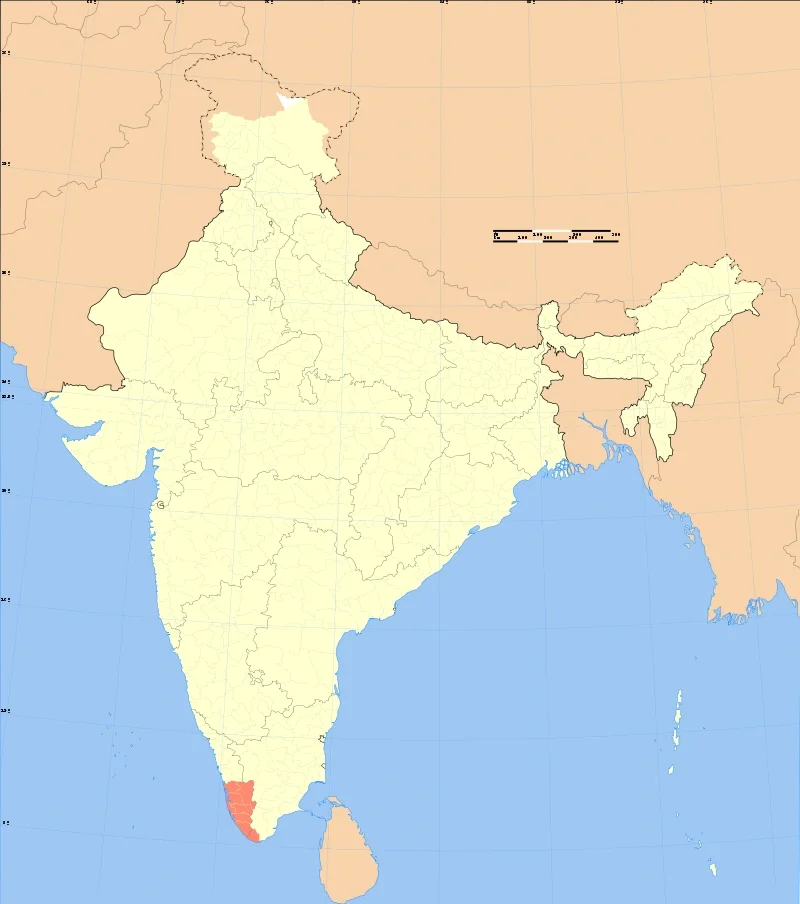How bid to kill its Dewan led to Travancore’s merger with India
By The Taurean
Amid the chaos and confusion of British India’s partition, the princely state of Travancore sought to chart its own independent course. This ambition, however, unravelled after an attempt was made to assassinate a key leader.
THE WORLDVIEW
THE 1947 partition of British India did not just give birth to the nations of India and Pakistan — it triggered a wave of contemplation among 550-odd princely states over the possibility of sovereignty. Of these, six, including the influential state of Travancore on India’s southwest coast, at first dared to imagine an independent future. But as history shows, none would be allowed to go it alone, with Travancore’s fate dramatically sealed by violence and relentless negotiations.
Travancore, famed for its able rulers and rich resources — especially its world-class monazite deposits used in atomic research — chose a bold path as the British prepared to leave India. Led by Dewan (or Prime Minister) Sir C. P. Ramaswami Iyer and supported by the ruling Maharaja, Travancore declared its intention to remain sovereign after the lapse of British paramountcy.
Sir C. P. articulated a vision of a state strong enough, geographically and economically, to defend itself against political and economic threats, even going so far as to claim that “Travancore will reassume its independence and sovereignty in full measure” in August, 1947.
Sir C.P. Ramaswami Iyer (right) talking to Mahatma Gandhi.
The Dewan did more than talk. He opened channels of communication with leaders such as M. A. Jinnah of Pakistan, proposing trade treaties and mutual support, and even explored global partnerships and bilateral deals for monazite, hoping to leverage Travancore’s resources in negotiations with both the British and Indians.
Multi-pronged tactics
India’s emerging leadership (notably future Prime Minister Jawaharlal Nehru and Sardar Vallabhbhai Patel) was determined that no princely state would be allowed to fracture what they called the “nation’s unity”. They used a mix of carrot and stick: offering privy purses and status to compliant rulers while threatening military or economic action against the holdouts. In Travancore’s case, Indian leaders threatened to cut off critical supplies of food, fuel, and textiles, and hinted at possible intervention.
Nehru himself reportedly considered using air power to enforce compliance; strong-arm tactics did work later in cases like Junagadh and Hyderabad, whose rulers also initially sought independence or alignment with Pakistan. Travancore’s Dewan tried to sidestep the pressure by making new economic partnerships, even attempting to barter with other countries for essential supplies to withstand the looming blockade.
The event that changed everything
As tensions peaked, Travancore’s Dewan became the most hated man in the state. And on July 25, 1947, less than a month before India’s official independence, a young socialist named K.C.S. Mani attempted to kill Sir C.P. at a public concert — a dramatic act that left the Dewan severely wounded. The impact was immediate and profound.
While recovering in the hospital, Sir C.P. wrote to the king, warning that any further pursuit of independence would lead to bloody civil war and put the royal family in mortal danger. Within days, Travancore’s leadership sent a telegram accepting the Instrument of Accession to India. The Dewan’s resignation marked the collapse of the princely state’s dreams; in this controversial manner, the House of Travancore quietly gave up its idea of sovereignty.
The orange area in the map shows the former princely state of Travancore.
Travancore’s dramatic surrender was emblematic. Of the six states that first claimed they would remain independent, not a single one succeeded — each was forced to accede, sometimes through negotiation, often via intimidation or outright force. India “integrated” all its princely states by 1949.
Therefore, the assassination attempt on Travancore’s Dewan did not just change the fate of one state — it helped set the tone for modern India’s uncompromising project of “national integration”, according to supporters of Mahatma Gandhi’s Congress party.

